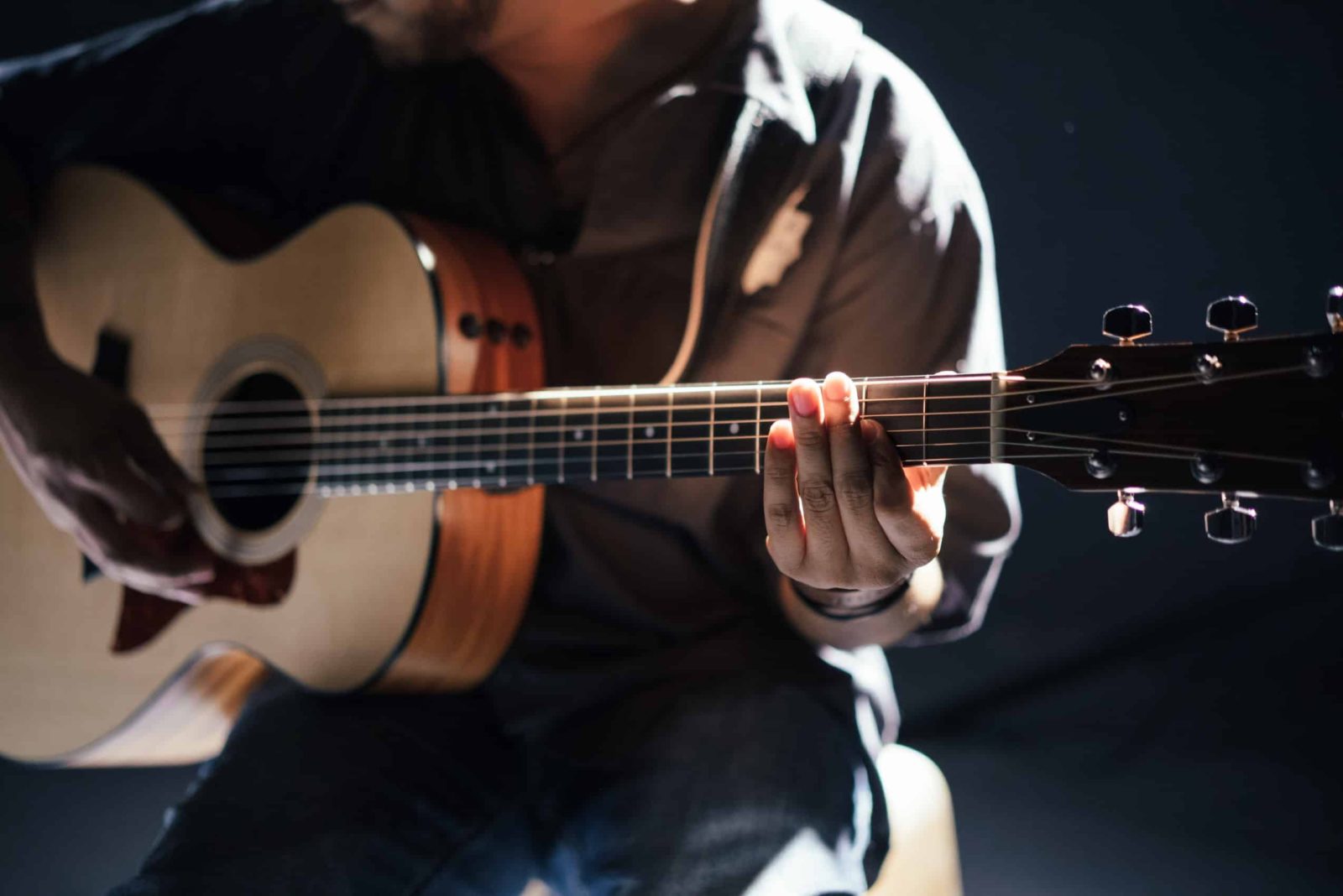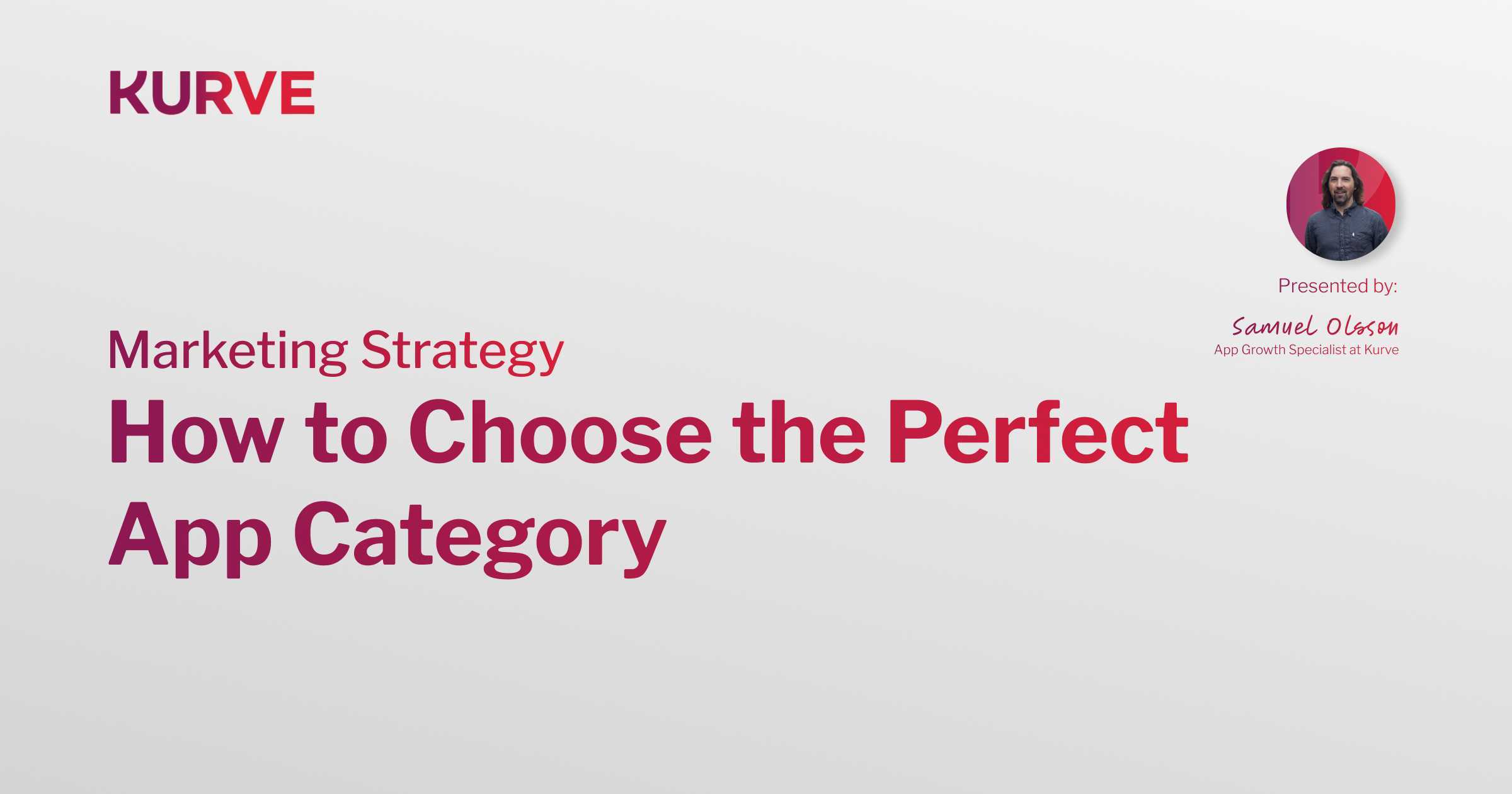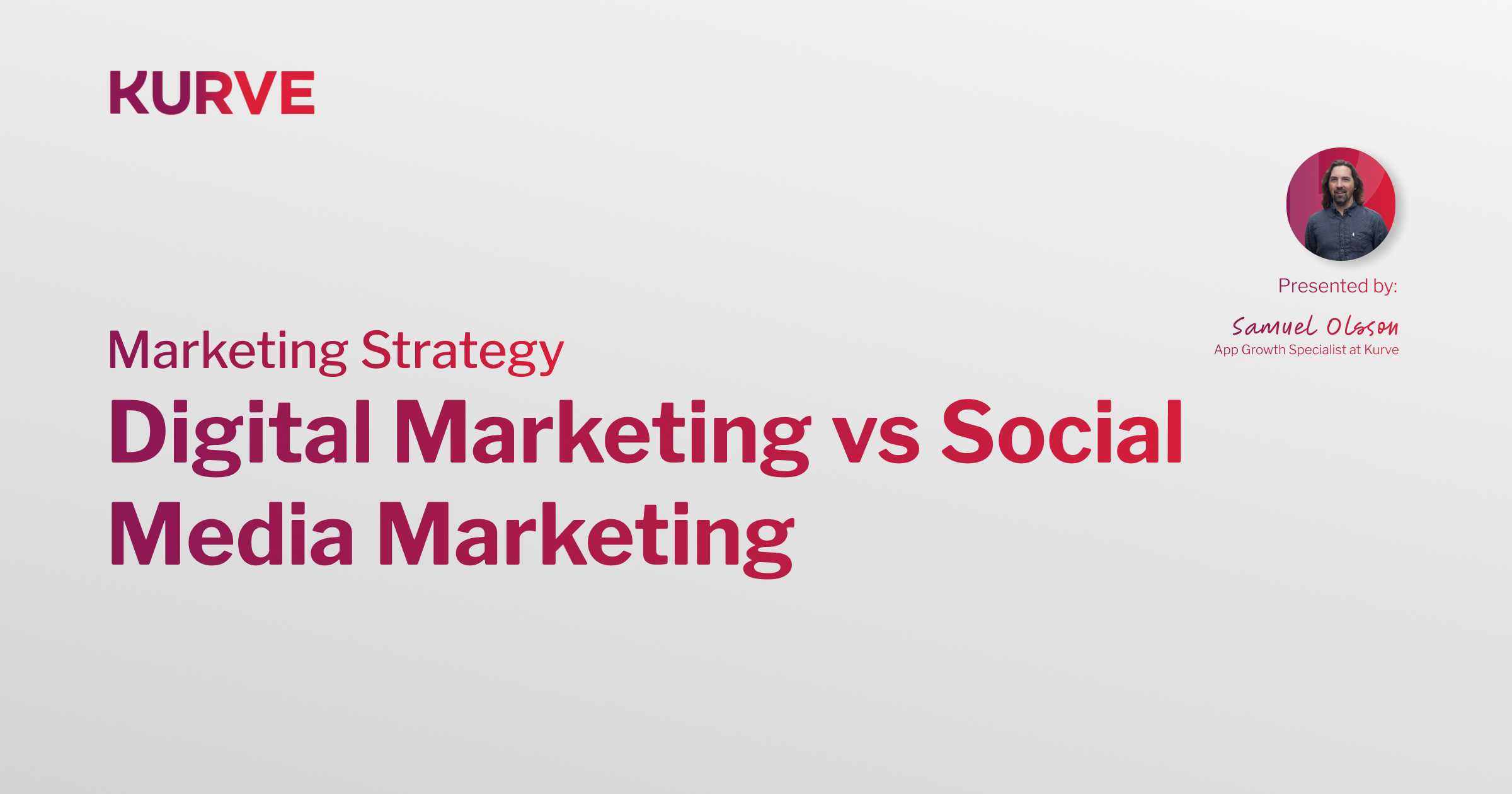Black Friday Facebook Ads Strategy: How We Achieved 360% ROAS & Cut CPA by 130%
Black Friday is one of the most chaotic and competitive periods in the eCommerce industry, with every brand jostling for the attention of consumers in exactly the same channels. And as people get used to better deals for longer periods of time, it’s tough to make a significant impact with a “15% off for one day only” discount. These days, we need to get more creative.
In this post, I’m going to tell you about how our Facebook Ads strategy on Black Friday achieved an overall 360% Return on Ad Spend (ROAS) and cut average CPAs by 130% for a music course platform that offers recorded lessons by well-known artists. You’ll learn more about:
- Setting up a strategy in advance
- Using influencers to cut through the Black Friday noise
- Structuring targeting and budget strategy to reduce CPA
Setting up our Black Friday strategy in advance
It’s important to know two things: a) you can’t jump into a Black Friday campaign at the last minute and expect it to be a success, and b) you need a strategy in place (i.e. you can’t wing it).
And when it comes to Black Friday, you think of a crowd breaking down the door and clambering over each other to snatch the best bargains. We wanted to capitalise on this type of early excitement, rather than waiting for demand to tail off over the weekend. So, it was important to get off to a flyer – and to start generating those sales as quickly as possible.
With this in mind, we get our ducks in a row a couple of months out, and all the ads are ready to go live at the flick of a switch. And for this campaign, we started campaigns a week before Black Friday, rather than waiting for competition to heat up on the day itself. This gave us a head start, nurturing Facebook audiences over the week rather than blasting them for a couple of days.
Using influencers to cut through the Black Friday noise

With so many brands vying for eyeballs and clicks, marketers need to cut through the noise. This business had partnered with a popular singer-songwriter for their first product launch in 2019, which drove fantastic early growth for the business. And to reach people who were saturated by discounts and special offers on Black Friday, we needed to follow this example.
So, rather than pump out promotions from the platform’s own Facebook page (with 8.5k followers), we agreed a deal to run ads from the artist’s Facebook and Instagram pages, leveraging a cumulative 430k followers. And for other courses, we replicated the approach across multiple artists who have smaller followings. This was effective because the audiences were already familiar with the artist, and we benefited from the pre-established trust.
But what were the results? The campaigns using artist pages achieved a 336% ROAS, compared to 294% ROAS on campaigns that were using the platform’s page only. But in truth, it was in the volume of sales where this strategy made a real impact. In the end, artist pages accounted for 47x more course sales than the platform’s page. A resounding win for influencer marketing.
Background on our targeting and budgeting strategy
We split our budget between bottom, middle, and top of the funnel audiences. In this case, we defined the middle of the funnel as people who’d engaged with the musician’s Facebook or Instagram pages – for example, they’d liked a status, watched a video, or commented on a post.
We defined the bottom of the funnel audiences as anyone who had engaged with the site. And for the top of the funnel, we focused on people who had never come across them before.
While many brands focus on targeting new cold customers during the Black Friday period, we weighted ad budget towards existing audiences, especially those in the middle of the funnel:
- 70% to middle of the funnel (artist fans);
- 20% to bottom of the funnel (website visitors);
- 10% to top of the funnel (cold/new).
A key reason for this approach is because CPMs skyrocket as big brands pump millions into advertising. So we wanted to make our limited budget go further by picking the low-hanging fruit first. After this initial push, as the CPA rose beyond a certain cost (still much lower than the previous average), we shifted budget into lookalike audiences to keep the campaigns fresh.
And for artists with relatively small followings, the audiences fatigued quicker. So, here, we used the purchases from those campaigns to build lookalike audiences early – allowing us to continue targeting relevant potential buyers and keep CPAs as low as possible.
What were the biggest takeaways and lessons for the future?
I believe the following main takeaways can be applied to any business in any industry – especially if you have limited budget and you’re competing against the big guns:
- Always prepare for Black Friday in advance, and proactively warm up audiences;
- You need to think of creative ways to cut through noise on the social feeds;
- You need time to think of creative ideas – which is another reason for early prep;
- Influencer marketing works when it’s the right product with the right audience;
- When you’re on a bootstrapped budget, always aim for the low-hanging fruit first.
Before we repositioned all Facebook campaigns for Black Friday, ongoing ads (using the platform's Facebook page) were settling down with a 120% ROAS. And the average CPA over the 3 months prior was 130-160% higher than what we eventually achieved for Black Friday.
Naturally, that kind of modest return won’t move the needle on growth. But the success of this isolated Black Friday promotion (i.e. 294% ROAS via the business page, and 336% ROAS via the influencer pages) – plus the results of the first influencer launch – shows that it makes sense to to think in terms of launches, campaigns, and discounts – and to leverage existing audiences.
So, moving forward, we’re going to keep low-level retargeting going to capture bottom-of-funnel website visitors, but invest the majority of our ad budget into influencer-led launches and special offers.

Luke Nevill is a performance marketer, specialising in social advertising. At Kurve, he uses a proven framework for running marketing experiments at scale to drive quick results. If you’re looking for help optimising your Facebook ads strategy, get in touch today.


